Alberta
Our sports history has value

Simple confirmation that the Alberta Sports Hall of Fame has been operating without its standard financial aid from the provincial government prompted some interesting response during the last few days.
In a casual conversation, executive director Tracey Kinsella mentioned last week that COVID-19 made it necessary to cancel at least two annual fund-raisers – the Hall of Fame induction ceremony and its annual invitational golf tournament in Red Deer – and she was concerned about meeting routine expenses.
Consistently, the government’s contribution of $302,000 a year has been in the hands of Hall of Fame officials before the middle of the year. She expressed only mild frustration,, understanding that the coronavirus pandemic and other major financial issues have created major problems far from the world of sports. She did state that government staff members, working below the level of elected or appointed officials, have told her of their efforts to have the money forwarded as quickly as possible.
Perhaps this delay must be seen as part of a long and ongoing drop in Alberta’s financial support to amateur sports at all levels. In the 10-year period ending in 2019, the reduction reached $5.1 million – an average of $500,000 per year. We should hope not.
Some comparative figures seem to be well worth serious study:
* The economic impact of the 2019 Canada Winter Games in Red Deer was $110 million; impact of the 2018 Alberta Winter Games was $3.4 million for the Fort McMurray-Wood Buffalo area and $5.6 million for this host province;
* In 2018-19, Alberta Sport Connection, a sport delivery system disbanded months ago by the UPC, provided $7.2 million to be shared among 80 provincial sport organizations that delivered programming to more than 788,000 Albertans;
* Leduc hosted the 2016 Alberta Summer Games with an economic impact of $3.6 million for the area and $4.9 million for the province.
Still, government aid has dropped. Some citizens suggest minor and amateur sports should not receive government support during troubled times. Today it might be wise to ask Fort McMurray if that community will value the 2022 Arctic Winter Games? The record shows that numerous small- and mid-sized business stepped up during the 2018 Games, a difficult time for fire victims and petroleum companies that have served as a backstop to countless community and area projects.
After the severe floods earlier this year, it’s safe to guess that any international program that will improve community morale while adding some vital dollars to the public purse will be welcome. Incidentally, they’re headed to Wood Buffalo because COVID-19 forced cancellation of the scheduled 2020 event in Whitehorse. Fortunately, some of the dollars set aside and unused in the Northwest Territories have already arrived in Fort McMurray.
These days, surrounded by a crippled economy, I wonder if Alberta now wishes the 2026 Commonwealth Games were headed for Edmonton and 2026 Winter Olympics were coming to Calgary. Both possibilities were seriously discussed before being nixed.
During my five-year term as chair of Alberta Sport Connection, the organization received steady criticism for finishing third of fourth – usually in the rear of Quebec and Ontario – in provincial medal counts. I tried regularly to help almost any government official to focus on the cost of doing business.
It made no impact to point out that Alberta’s per-capita investment in sport programs is (or was) the second-lowest in Canada. Sorry, I can’t remember which province spent less, but I am sure that Saskatchewan receives $24.39 per capita and Newfoundland gets $8.36 per capita.
Alberta receives $3.85 per capita although 82 per cent of Albertans say in polls that they believe sport contributes to quality of life. And those I have spoken to say clearly that the Alberta Sports Hall of Fame has value.
Alberta
Median workers in Alberta could receive 72% more under Alberta Pension Plan compared to Canada Pension Plan
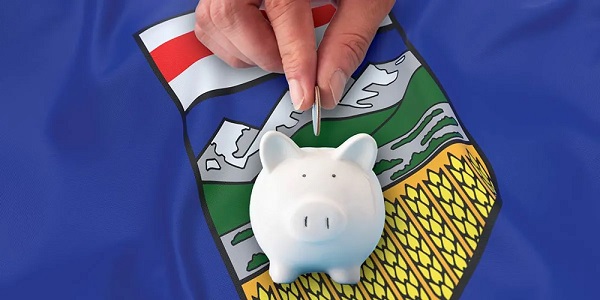
From the Fraser Institute
By Tegan Hill and Joel Emes
Moving from the CPP to a provincial pension plan would generate savings for Albertans in the form of lower contribution rates (which could be used to increase private retirement savings while receiving the same pension benefits as the CPP under the new provincial pension), finds a new study published today by the Fraser Institute, an independent, non-partisan Canadian public policy think-tank.
“Due to Alberta’s comparatively high rates of employment, higher average incomes, and younger population, Albertans would pay a lower contribution rate through a separate provincial pension plan while receiving the same benefits as under the CPP,” said Tegan Hill, director of Alberta policy at the Fraser Institute and co-author of Illustrating the Potential of an Alberta Pension Plan.
Assuming Albertans invested the savings from moving to a provincial pension plan into a private retirement account, and assuming a contribution rate of 5.85 per cent, workers earning the median income in Alberta ($53,061 in 2025) could accrue a stream of retirement payments totalling $454,741 (pre-tax)—a 71.6 per cent increase from their stream of CPP payments ($264,968).
Put differently, under the CPP, a median worker receives a total of $264,968 in retirement income over their life. If an Alberta worker saved the difference between what they pay now into the CPP and what they would pay into a new provincial plan, the income they would receive in retirement increases. If the contribution rate for the new provincial plan was 5.85 per cent—the lower of the available estimates—the increase in retirement income would total $189,773 (or an increase of 71.6 per cent).
If the contribution rate for a new Alberta pension plan was 8.21 per cent—the higher of the available estimates—a median Alberta worker would still receive an additional $64,672 in retirement income over their life, a marked increase of 24.4 per cent compared to the CPP alone.
Put differently, assuming a contribution rate of 8.21 per cent, Albertan workers earning the median income could accrue a stream of retirement payments totaling $329,640 (pre-tax) under a provincial pension plan—a 24.4 per cent increase from their stream of CPP payments.
“While the full costs and benefits of a provincial pension plan must be considered, its clear that Albertans could benefit from higher retirement payments under a provincial pension plan, compared to the CPP,” Hill said.

Illustrating the Potential of an Alberta Pension Plan
- Due to Alberta’s comparatively high rates of employment, higher average incomes, and younger population, Albertans would pay a lower contribution rate with a separate provincial pension plan, compared with the CPP, while receiving the same benefits as under the CPP.
- Put differently, moving from the CPP to a provincial pension plan would generate savings for Albertans, which could be used to increase private retirement income. This essay assesses the potential savings for Albertans of moving to a provincial pension plan. It also estimates an Albertan’s potential increase in total retirement income, if those savings were invested in a private account.
- Depending on the contribution rate used for an Alberta pension plan (APP), ranging from 5.85 to 8.2 percent, an individual earning the CPP’s yearly maximum pensionable earnings ($71,300 in 2025), would accrue a stream of retirement payments under the total APP (APP plus private retirement savings), yielding a total retirement income of between $429,524 and $584,235. This would be 22.9 to 67.1 percent higher, respectively, than their stream of CPP payments ($349,545).
- An individual earning the median income in Alberta ($53,061 in 2025), would accrue a stream of retirement payments under the total APP (APP plus private retirement savings), yielding a total retirement income of between $329,640 and $454,741, which is between 24.4 percent to 71.6 percent higher, respectively, than their stream of CPP payments ($264,968).

Joel Emes
Alberta
Alberta ban on men in women’s sports doesn’t apply to athletes from other provinces

From LifeSiteNews
Alberta’s Fairness and Safety in Sport Act bans transgender males from women’s sports within the province but cannot regulate out-of-province transgender athletes.
Alberta’s ban on gender-confused males competing in women’s sports will not apply to out-of-province athletes.
In an interview posted July 12 by the Canadian Press, Alberta Tourism and Sport Minister Andrew Boitchenko revealed that Alberta does not have the jurisdiction to regulate out-of-province, gender-confused males from competing against female athletes.
“We don’t have authority to regulate athletes from different jurisdictions,” he said in an interview.
Ministry spokeswoman Vanessa Gomez further explained that while Alberta passed legislation to protect women within their province, outside sporting organizations are bound by federal or international guidelines.
As a result, Albertan female athletes will be spared from competing against men during provincial competition but must face male competitors during inter-provincial events.
In December, Alberta passed the Fairness and Safety in Sport Act to prevent biological men who claim to be women from competing in women’s sports. The legislation will take effect on September 1 and will apply to all school boards, universities, as well as provincial sports organizations.
The move comes after studies have repeatedly revealed what almost everyone already knew was true, namely, that males have a considerable advantage over women in athletics.
Indeed, a recent study published in Sports Medicine found that a year of “transgender” hormone drugs results in “very modest changes” in the inherent strength advantages of men.
Additionally, male athletes competing in women’s sports are known to be violent, especially toward female athletes who oppose their dominance in women’s sports.
Last August, Albertan male powerlifter “Anne” Andres was suspended for six months after a slew of death threats and harassments against his female competitors.
In February, Andres ranted about why men should be able to compete in women’s competitions, calling for “the Ontario lifter” who opposes this, apparently referring to powerlifter April Hutchinson, to “die painfully.”
Interestingly, while Andres was suspended for six months for issuing death threats, Hutchinson was suspended for two years after publicly condemning him for stealing victories from women and then mocking his female competitors on social media. Her suspension was later reduced to a year.
-

 Alberta2 days ago
Alberta2 days agoMedian workers in Alberta could receive 72% more under Alberta Pension Plan compared to Canada Pension Plan
-

 COVID-192 days ago
COVID-192 days agoSen. Rand Paul: ‘I am officially re-referring Dr. Fauci to the DOJ’
-
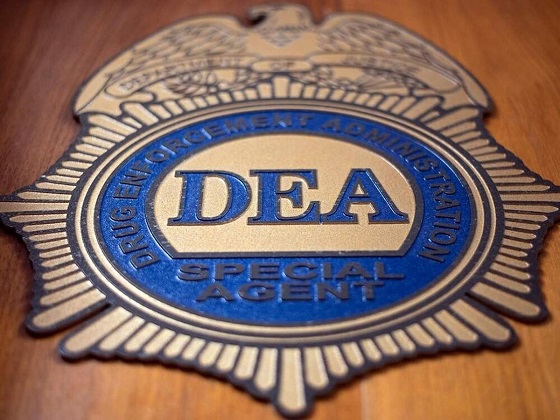
 Crime2 days ago
Crime2 days agoDEA Busts Canadian Narco Whose Chinese Supplier Promised to Ship 100 Kilos of Fentanyl Precursors per Month From Vancouver to Los Angeles
-
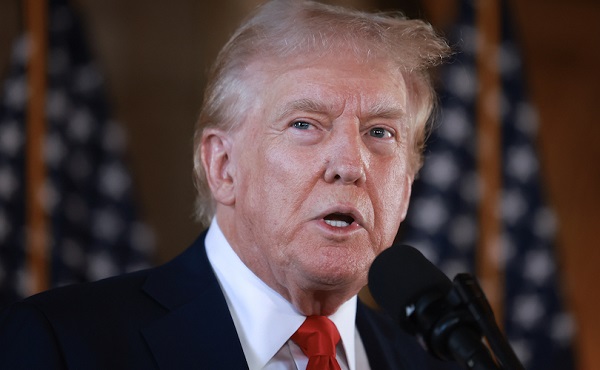
 Education2 days ago
Education2 days agoTrump praises Supreme Court decision to allow dismantling of Department of Education
-
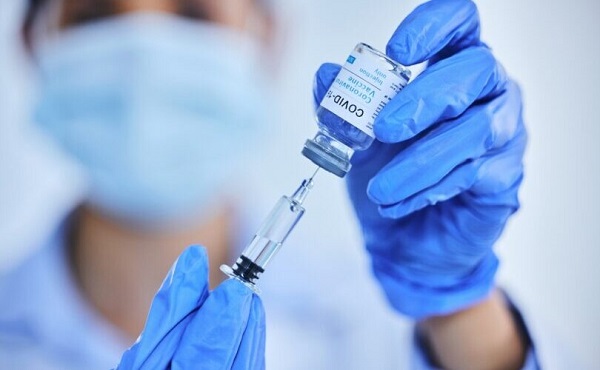
 Business2 days ago
Business2 days agoConservatives demand probe into Liberal vaccine injury program’s $50m mismanagement
-
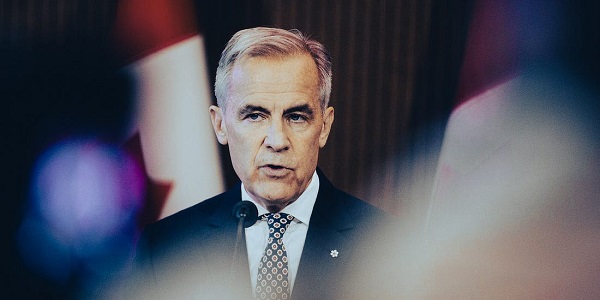
 National1 day ago
National1 day agoDemocracy Watch Blows the Whistle on Carney’s Ethics Sham
-

 Business2 days ago
Business2 days agoCanada must address its birth tourism problem
-

 International1 day ago
International1 day agoMatt Walsh slams Trump administration’s move to bury Epstein sex trafficking scandal






